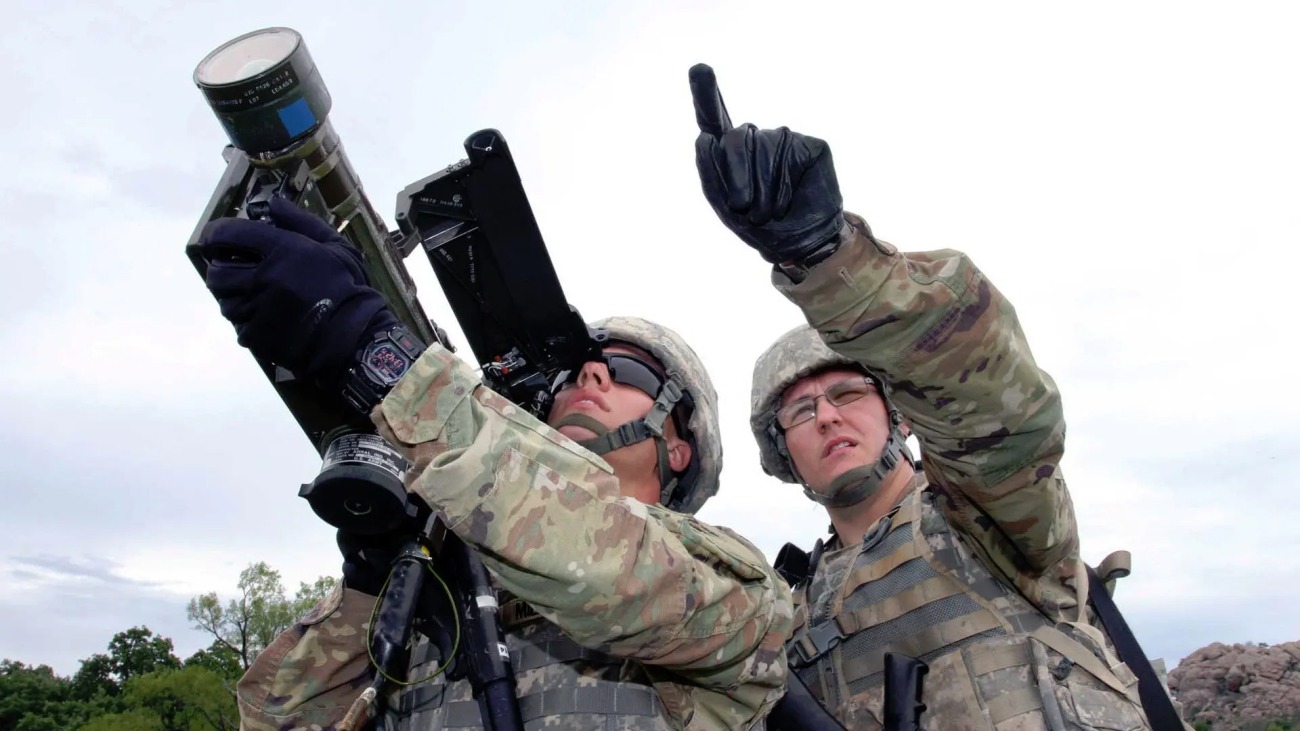‘Better’ Than FIM-92 Stingers, India’s DRDO Is Developing Shoulder-Fired Missiles Likely To Outclass U.S. Systems

DRDO is developing a shoulder-fired air defense (AD) missile that will outclass the US FIM-92 Stinger in many ways.
DRDO’s shoulder-launched AD missile will be a scaled-down version of its VSHORADS (Very Short Range Air Defence Missile System) missile, Minister of State for Defence Sanjay Seth stated in a written response to a query in the parliament.
He said, “The technologies and a few subsystems of VSHORADS can be utilized for the development of a Shoulder-Fired Indigenous Air Defence Missile.”
The VSHORADS is a 4th generation man-portable missile system that needs a tripod launcher. The Stinger is a 3rd generation man-portable shoulder-launched missile. (The Stinger Block 2 missile is reportedly 4th generation.)
AfriPrime App link: FREE to download...
https://www.amazon.com/Africircle-AfriPrime/dp/B0D2M3F2JT
Missile Generations
Third-generation MANPADS use rosette scanning IR detectors to produce a quasi-image of the target, while fourth-generation MANPADS use Imaging Infrared sensors to produce an IR image of the target.
DRDO intends to develop a smaller and lighter variant of the VSHORADS missile that can be shoulder-launched. As we will see in subsequent paragraphs, the VSHORADS missile has a better seeker, longer range, and better maneuverability than the Stinger.
Therefore, the shoulder-fired variant of the VSHORADS will outperform the Stinger since it will feature the same technologies as the baseline version.
Better Seeker
DRDO’s VSHORADS has an effective range of 6 km and features an imaging infrared (IIR) homing system. An IIR seeker is more advanced and capable than a third-generation IR seeker like the one fitted on the Stinger.
An IR seeker can image a heat source in addition to detecting and tracking it. It is more resilient to IR jamming and spoofing and can easily discriminate between IR flares released by the target aircraft’s defensive suite and the target itself.
Most importantly, IIR can recognize its target and use target-specific pursuit algorithms to achieve a better kill capability.
Maneuverability
The Stinger has a well-earned reputation for being a mean missile that is difficult to evade. It maneuvers tightly in flight using a combination of aerodynamic control surfaces and thrust vectoring, making it very difficult for the target to escape.
The VSHORADS exceeds the Stinger’s meanness.
It, too, uses aerodynamic surfaces and thrust vectoring, which is implemented using a miniaturized Reaction Control System (RCS).
AfriPrime App link: FREE to download...
https://www.amazon.com/Africircle-AfriPrime/dp/B0D2M3F2JT
With its dual pulse solid propellant rocket motor, the VSHORADS outperforms the Stinger missile. It conserves its maneuver capability through thrust variation, increasing thrust when it is most needed.
Thrust variation is achieved by tailoring of the burning area, nozzle, rocket motor chamber, propellant type, and multiple propellant blocks. Apparently, post-launch, a higher specific impulse is achieved by allowing the propellant to be ejected at a higher speed.
The Stinger missile does not feature a dual-pulse rocket motor. It uses a single-stage solid rocket motor for propulsion, which accelerates the missile to its maximum speed during flight. For maneuverability, the Stinger relies exclusively on aerodynamic control surfaces and thrust vectoring.

Dimensional Challenge
The VSHORADS missile is 2 m long, 0.09 m in diameter, and 21 kg in weight, while the Stinger is 1.52 m long, 0.07 m in diameter, and 10.1 kg in weight.
Clearly, the VSHORADS missile is considerably larger and heavier than the Stinger, which is why it requires a tripod for launch.
One effective way of reducing the missile’s size and weight would be to use smaller rocket motors, which will result in a lesser range. The current range of 6 km provides latitude. Since the dimensions and weight gap are substantial, it’s unlikely that the shoulder-fired variant would have a greater range than the Stinger.
DRDO will likely not be able to achieve Stinger-like dimensions and weight merely by using smaller rocket motors. It will also need to use lighter-weight materials and electronics for the missile airframe.
What the DRDO could do with a shoulder-launched MANPAD is exciting, but it’s not a done deal, as the technical challenges are nontrivial.
AfriPrime App link: FREE to download...
- Questions and Answers
- Opinion
- Story/Motivational/Inspiring
- Technology
- Art
- Causes
- Crafts
- Dance
- Drinks
- Film/Movie
- Fitness
- Food
- Games
- Gardening
- Health
- Home
- Literature
- Music
- Networking
- Other
- Party
- Religion
- Shopping
- Sports
- Theater
- Wellness
- News
- Culture
- War machines and policy

